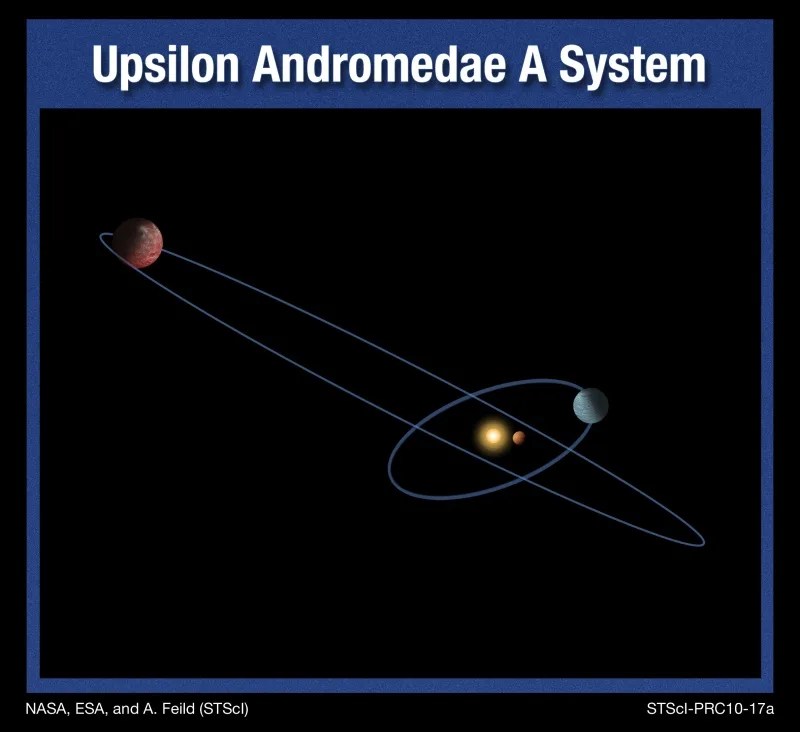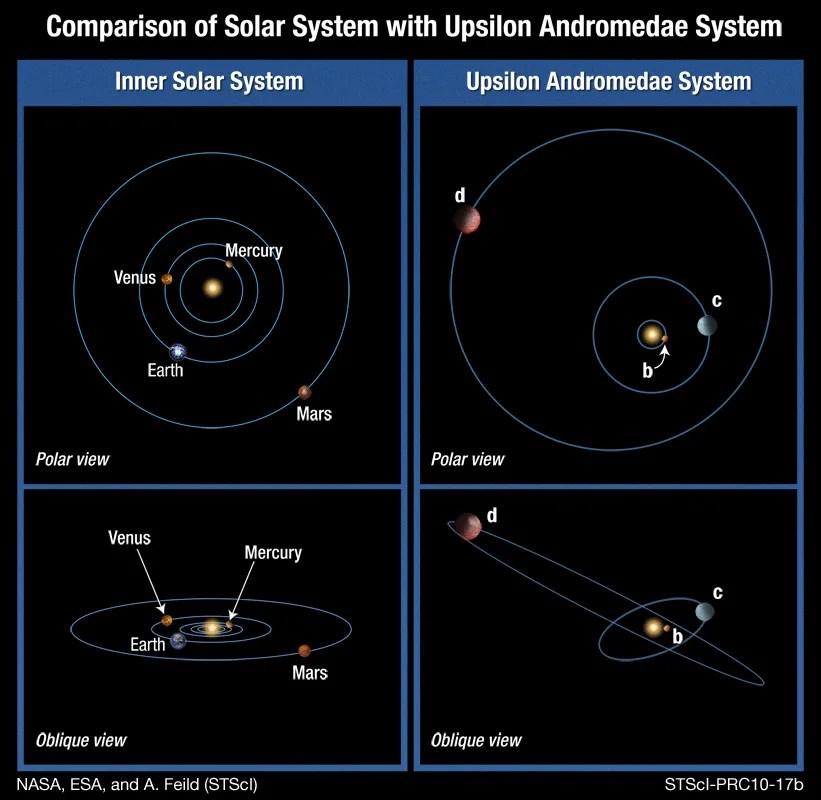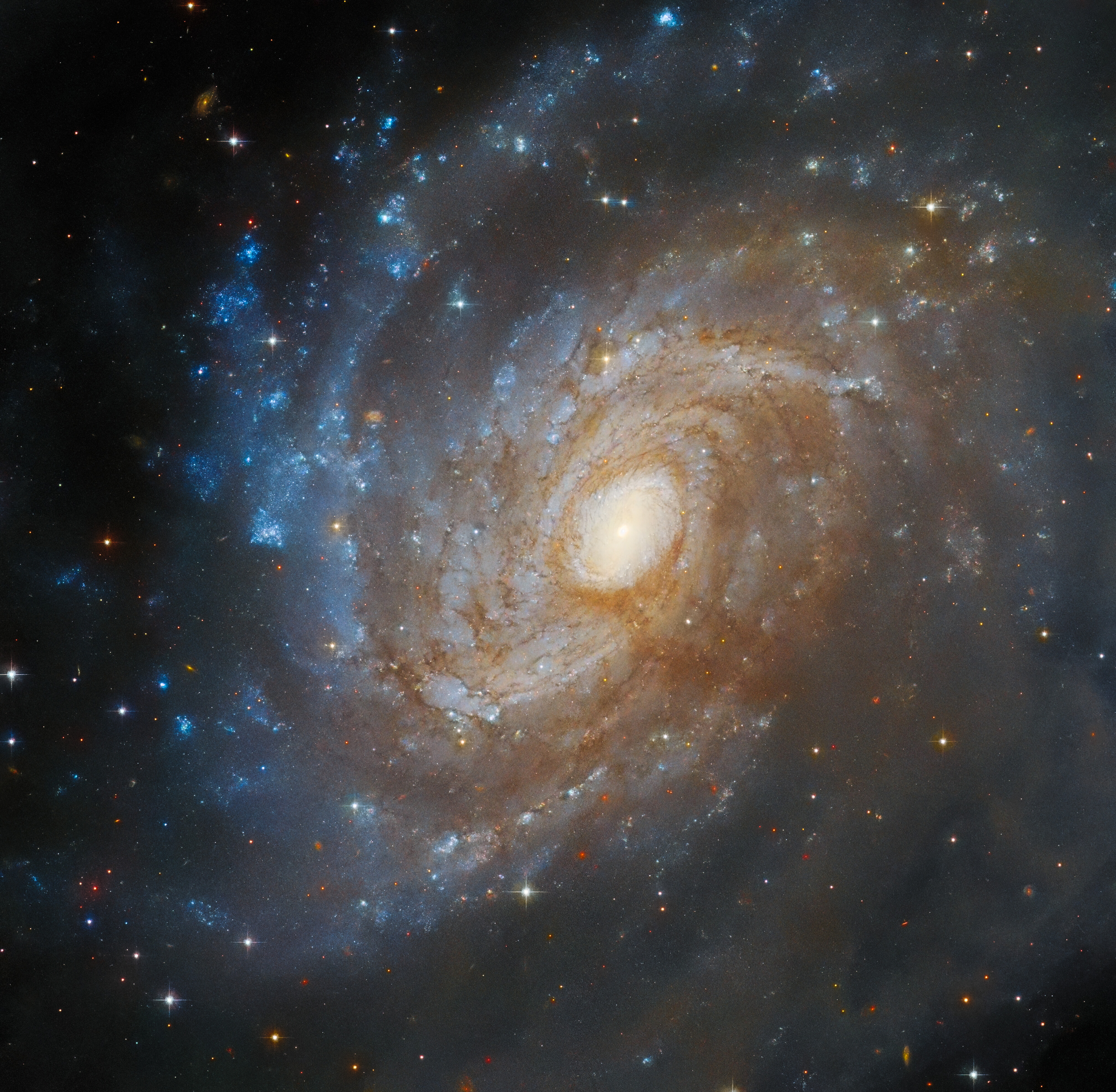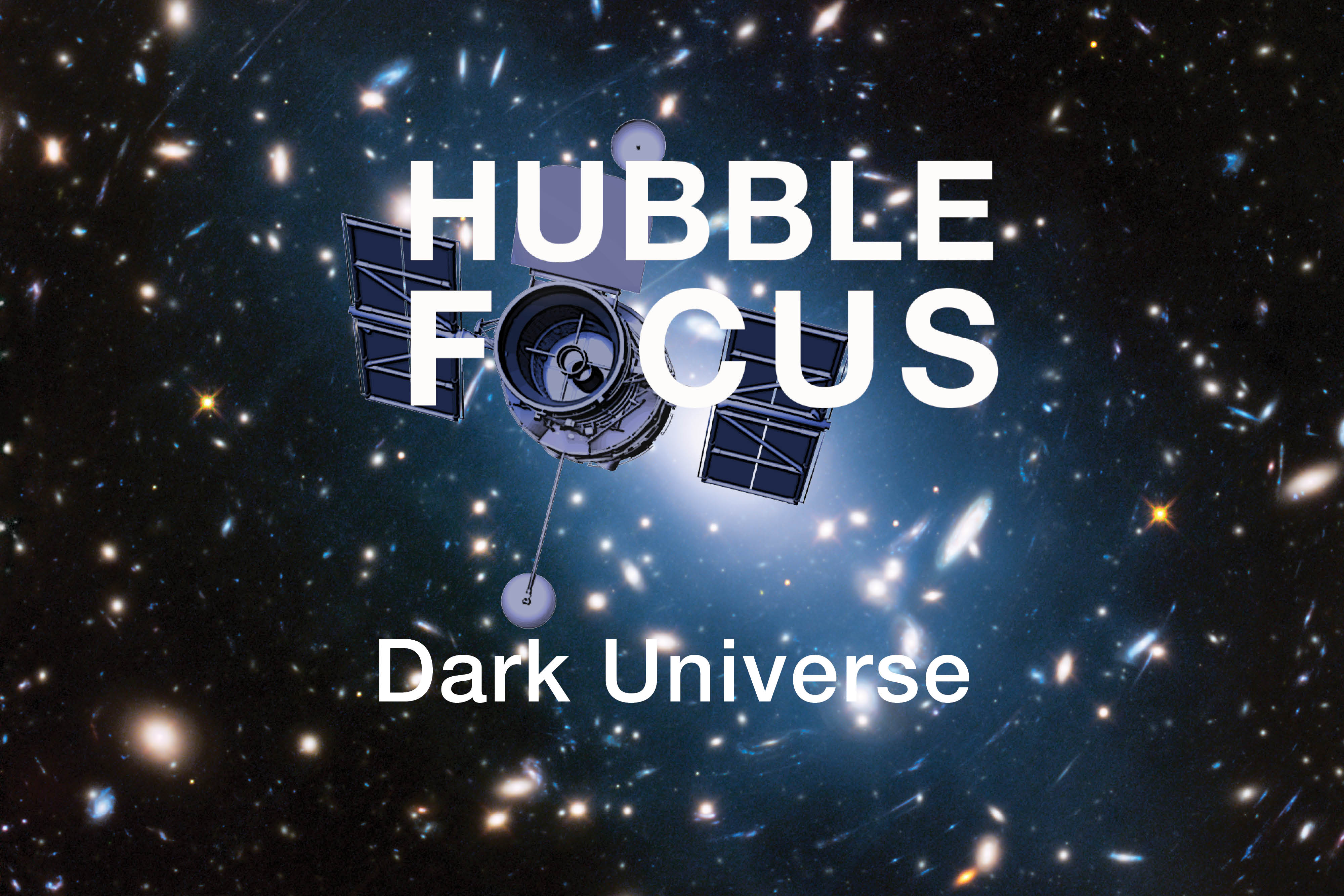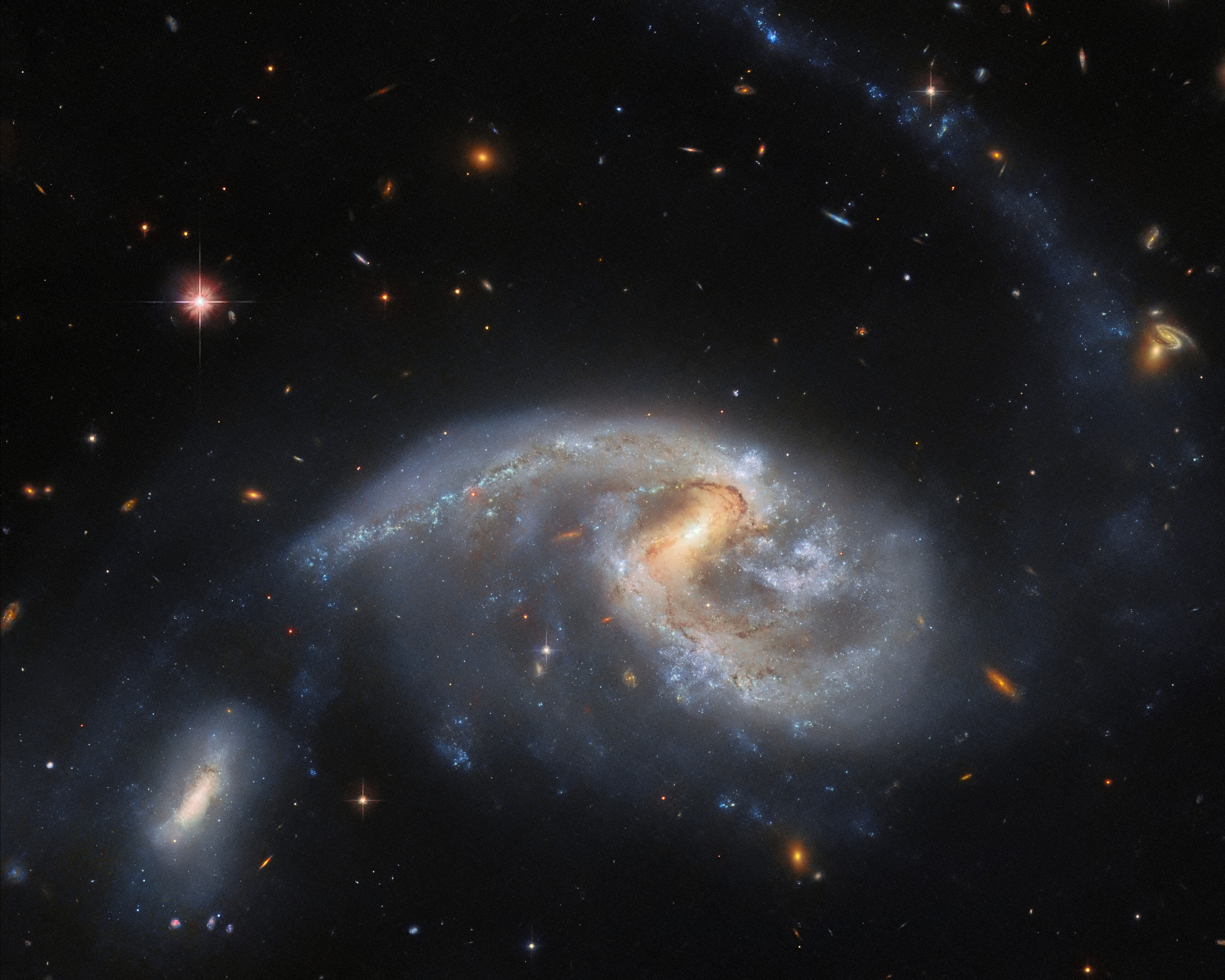6 min read
This is an artist's illustration of the Upsilon Andromedae A planetary system, where three Jupiter-type planets orbit the yellow-white star Upsilon Andromedae A.
Credit:
NASA, ESA, and A. Feild (STScI)
This is an artist's illustration that compares the solar system with the Upsilon Andromedae system.
Credit:
NASA, ESA, and A. Feild (STScI)
Astronomers are reporting today the discovery of a planetary system wayout of tilt, where the orbits of two planets are at a steep angle toeach other. This surprising finding will impact theories of howmulti-planet systems evolve, and it shows that some violent events canhappen to disrupt planets' orbits after a planetary system forms, sayresearchers.
"The findings mean that future studies of exoplanetary systems will bemore complicated. Astronomers can no longer assume all planets orbittheir parent star in a single plane," says Barbara McArthur of TheUniversity of Texas at Austin's McDonald Observatory.
McArthur and her team used data from the Hubble Space Telescope, thegiant Hobby-Eberly Telescope, and other ground-based telescopes combinedwith extensive modeling to unearth a landslide of information about theplanetary system surrounding the nearby star Upsilon Andromedae.
McArthur reported these findings in a press conference today at the216th meeting of the American Astronomical Society in Miami, along withher collaborator Fritz Benedict, also of McDonald Observatory, and teammember Rory Barnes of the University of Washington. The work also willbe published in the June 1 edition of the Astrophysical Journal.
For just over a decade, astronomers have known that three Jupiter-typeplanets orbit the yellow-white star Upsilon Andromedae. Similar to ourSun in its properties, Upsilon Andromedae lies about 44 light-yearsaway. It's a little younger, more massive, and brighter than the Sun.
Combining fundamentally different, yet complementary, types of data fromHubble and ground-based telescopes, McArthur's team has determined theexact masses of two of the three known planets, Upsilon Andromedae c andd. Much more startling, though, is their finding that not all planetsorbit this star in the same plane. The orbits of planets c and d areinclined by 30 degrees with respect to each other. This research marksthe first time that the "mutual inclination" of two planets orbitinganother star has been measured. And, the team has uncovered hints that afourth planet, e, orbits the star much farther out.
"Most probably Upsilon Andromedae had the same formation process as ourown solar system, although there could have been differences in the lateformation that seeded this divergent evolution," McArthur said. "Thepremise of planetary evolution so far has been that planetary systemsform in the disk and remain relatively co-planar, like our own system,but now we have measured a significant angle between these planets thatindicates this isn't always the case."
Until now the conventional wisdom has been that a big cloud of gascollapses down to form a star, and planets are a natural byproduct ofleftover material that forms a disk. In our solar system, there's afossil of that creation event because all of the eight major planetsorbit in nearly the same plane. The outermost dwarf planets like Plutoare in inclined orbits, but these have been modified by Neptune'sgravity and are not embedded deep inside the Sun's gravitational field.
Several different gravitational scenarios could be responsible for thesurprisingly inclined orbits in Upsilon Andromedae. "Possibilitiesinclude interactions occurring from the inward migration of planets, theejection of other planets from the system through planet-planetscattering, or disruption from the parent star's binary companion star,Upsilon Andromedae B," McArthur said.
Barnes, an expert in the dynamics of extrasolar planetary systems,added, "Our dynamical analysis shows that the inclined orbits probablyresulted from the ejection of an original member of the planetarysystem. However, we don't know if the distant stellar companion forcedthat ejection, or if the planetary system itself formed in such a waythat some original planets were ejected. Furthermore, we find that therevised configuration still lies right on the precipice of instability:The planets pull on each other so strongly that they are almost able tothrow each other out of the system."
The two different types of data combined in this research wereastrometry from the Hubble Space Telescope and radial velocity fromground-based telescopes.
Astrometry is the measurement of the positions and motions of celestialbodies. McArthur's group used one of the Fine Guidance Sensors (FGSs) onthe Hubble telescope for the task. The FGSs are so precise that they canmeasure the width of a quarter in Denver from the vantage point ofMiami. It was this precision that was used to trace the star's motion onthe sky caused by its surrounding - and unseen - planets.
Radial velocity makes measurements of the star's motion on the skytoward and away from Earth. These measurements were made over a periodof 14 years using ground-based telescopes, including two at McDonaldObservatory and others at Lick, Haute-Provence, and WhippleObservatories. The radial velocity provides a long baseline offoundation observations, which enabled the shorter duration, but moreprecise and complete, Hubble observations to better define the orbitalmotions.
The fact that the team determined the orbital inclinations of planets cand d allowed them to calculate the exact masses of the two planets. Thenew information told us that our view as to which planet is heavier hasto be changed. Previous minimum masses for the planets given by radialvelocity studies put the minimum mass for planet c at 2 Jupiters and forplanet d at 4 Jupiters. The new, exact masses, found by astrometry are14 Jupiters for planet c and 10 Jupiters for planet d.
"The Hubble data show that radial velocity isn't the whole story,"Benedict said. "The fact that the planets actually flipped in mass wasreally cute."
The 14 years of radial velocity information compiled by the teamuncovered hints that a fourth, long-period planet may orbit beyond thethree now known. There are only hints about that planet because it's sofar out that the signal it creates does not yet reveal the curvature ofan orbit. Another missing piece of the puzzle is the inclination of theinnermost planet, b, which would require precision astrometry 1,000times greater than Hubble's, a goal attainable by a space missionoptimized for interferometry.
The team's Hubble data also confirmed Upsilon Andromedae's status as abinary star. The companion star is a red dwarf less massive and muchdimmer than the Sun.
"We don't have any idea what its orbit is," Benedict said. "It could bevery eccentric. Maybe it comes in very close every once in a while. Itmay take 10,000 years." Such a close pass by the secondary star couldgravitationally perturb the orbits of the planets.

